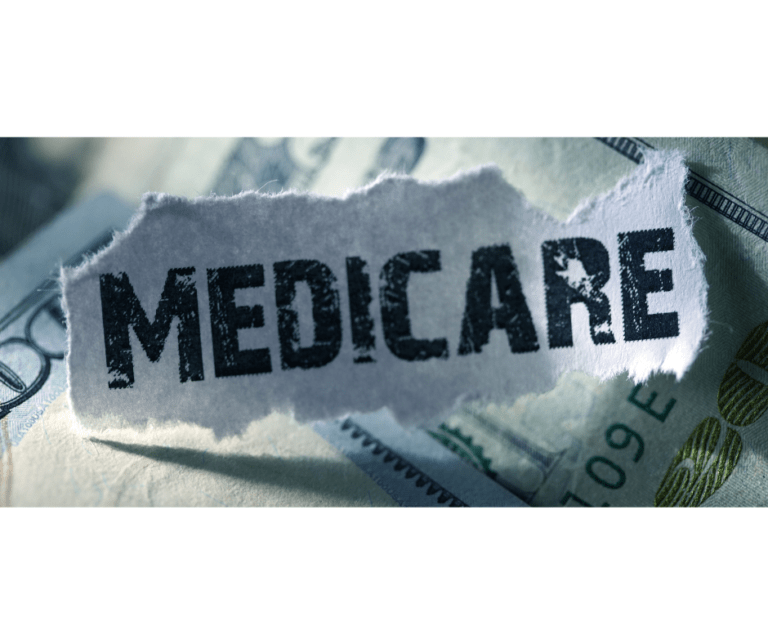For many families, health care is a major expense, even with health insurance coverage. There’s a great solution that can help financially prepare you for out-of-pocket costs, and it may be right there in your wallet: A health savings account.
“A health savings account is a valuable tool that can help you manage health care expenses for you and your family,” says Deb Culhane, President and CEO, Optum Bank. “If your employer offers health savings accounts, or HSAs, it’s well worth looking into how this account can help you save and pay for your family’s health care needs today and in the future, income tax free.”
Perhaps you’re one of the people who recently enrolled in a health savings account under a qualifying high-deductible health plan, but you’re not exactly sure how it works or how to use it. With these tips and insights, you can reap the most benefit from your health savings account.
1. Familiarize yourself with your plan.
If you have a health insurance plan with a health savings account, make sure you know how to check your balance and use the money toward your next prescription refill or doctor visit. If you’re unsure, your employer’s human resources department can help you.
2. Once you start saving, the money is there to pay your health expenses
As the name implies, money in a health savings account can help you pay out-of-pocket costs for a doctor’s visit, hospital stay and prescription drugs. It can also be used for other qualified medical expenses related to dental and vision. What many people don’t realize, though, is health savings account funds can be used for your family’s well-being. Contact lens solution and acupuncture are just a couple of the qualified medical expense uses for health savings account funds. (For a complete list, visit www.irs.gov or https://optum.co/429fz.)
3. The money you save stays with you
If you have experience with a similar benefit known as the flexible spending account (FSA), you may be concerned about meeting an annual deadline to spend all your money in the account. The upside of health savings accounts is that you don’t “use it or lose it.” If you don’t spend it, you can keep it. Even if you change jobs, move or get married, your health savings account goes with you.
4. Did you know there are triple tax savings?
First, each contribution – which can be withdrawn from the paycheck and deposited into the health savings account – is pre-tax. Second, any interest earnings are also income tax-free. Finally, unlike some retirement accounts, fund withdrawals to pay for health care costs are also income tax free. Depending on how much is set aside (for 2019, contribution limits are $3,500 for an individual and $7,000 for a family, over 55 can add an additional $1,000), these cumulative tax savings can add up to serious money over time.
5. It can help you plan for retirement
Learn about your plan’s investment options, because this is where your savings can really take off. Turning 65 unlocks more benefits, including the ability to use health savings account funds to pay for some Medicare premiums or long-term care.
6. You can shop around to find a plan that’s best for you
You can open your own health savings account as long as you have a qualifying health insurance plan. When shopping around, comparing details, such as access to low-fee investment options, accounts with no surprise fees, and the availability of tech tools like Alexa or Google Home or an easy-to-use mobile app, can help you reach your decision.
Bottom line, a health savings account is a valuable tool to help you manage your health care costs and plan for your future. It’s worth talking to your human resources representative and your financial planner to make sure you’re getting the most from your health savings account. If you’re interested in learning if an Optum Bank health savings account is right for you, start by visiting OptumBank.com.(BPT) –








